Marisa Mell: The Enigmatic Star Who Transformed 1960s European Cinema
Have you ever watched a classic film and found yourself captivated by a woman whose presence seems to pull you into the scene, whose gaze lingers long after the credits roll? That woman is Marisa Mell. With her piercing eyes, radiant blonde hair, and daring elegance, she became one of the most unforgettable European actresses of the 1960s. Born Marlies Theres Moitzi, she reinvented herself into a magnetic screen siren, blending vulnerability with a commanding charisma that made her a true cinematic icon. Her story is a fascinating journey of ambition, resilience, glamour, and heartbreak, leaving a legacy that continues to inspire.
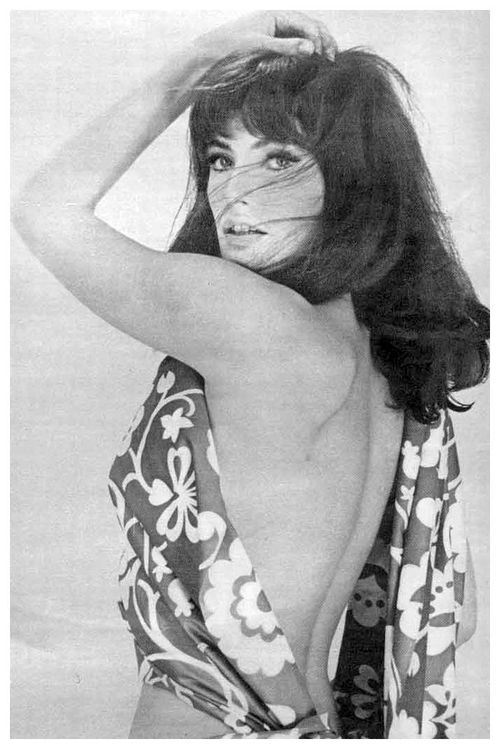
Humble Beginnings in Graz: Early Life and Aspirations
Marisa Mell was born on February 24, 1939, in Graz, Austria. Her father worked in a shoe factory, while her mother cared for the home with unwavering dedication. Growing up in post-war Austria, Marisa experienced the austere simplicity of a working-class life, yet she was drawn to the theater from a young age. Her fascination with performance and storytelling fueled her dreams, providing a creative escape from everyday routine.
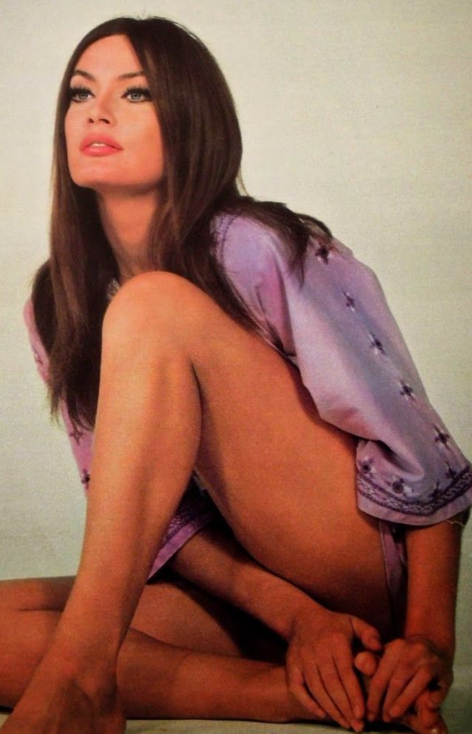
By her teenage years, Marisa had set her sights on acting. She enrolled at Vienna’s prestigious Max Reinhardt Seminar, an institution renowned for cultivating some of Europe’s most gifted performers. There, she refined her technique, built confidence, and learned to navigate the complexities of language and expression. Early stage roles in Austrian theater productions allowed her to develop the poise, timing, and emotive depth that would later define her on-screen persona.
Video : Marisa Mell – Filmography (1971-1990)
A Life-Altering Accident: Resilience and Transformation
In 1963, at the age of 24, Marisa Mell was involved in a severe car accident in France. The collision caused facial injuries requiring extensive reconstructive surgery, a challenge that could have ended her career before it truly began. Instead, she transformed adversity into a defining moment. Emerging with refined features and a steely resolve, Marisa returned to acting stronger than ever.
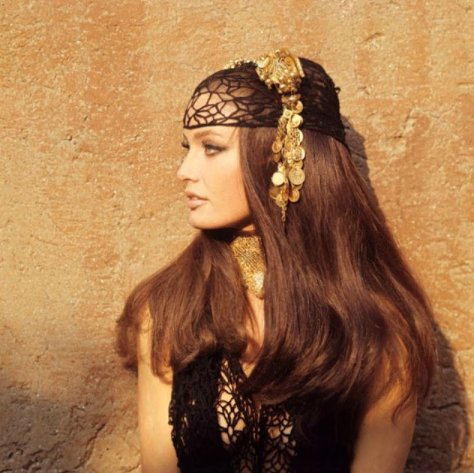
Her first post-recovery film, Venusberg (1963), showcased her newfound intensity and depth. Critics and audiences were captivated by her ability to combine beauty with emotional authenticity, demonstrating that even personal tragedy could enhance artistic expression. This resilience became a hallmark of her career, giving her roles an edge that few could replicate.
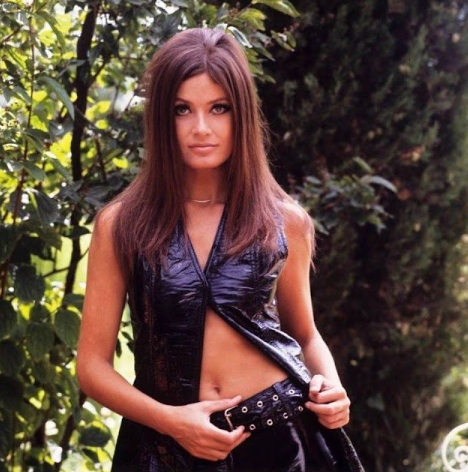
Breaking into International Cinema: British and Italian Ventures
Following her successful recovery, Marisa Mell began taking roles in British cinema, gaining experience and exposure that paved the way for her Italian film career. Movies such as Masquerade (1965) introduced her to international audiences, while Casanova 70 solidified her presence in Italy, where she became a sought-after actress. Her elegance, natural charm, and adaptability allowed her to thrive in diverse film industries, learning Italian on the fly and charming production teams with her wit and professionalism.
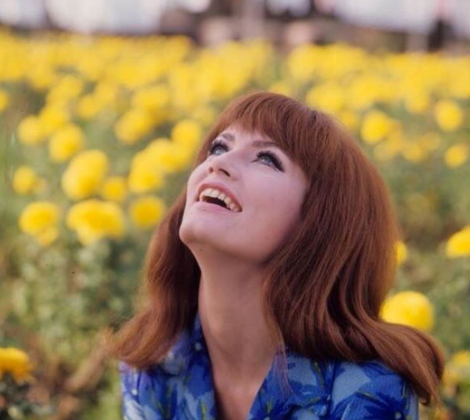
By the mid-1960s, Marisa had cultivated a unique niche as the exotic, sophisticated leading lady. Directors praised her ability to balance vulnerability with magnetic screen presence, making her a perfect fit for the stylish, suspense-driven films that were popular in Italy at the time. Her rise in European cinema was not only about aesthetics but also about intelligence, discipline, and the ability to bring nuance to each character.
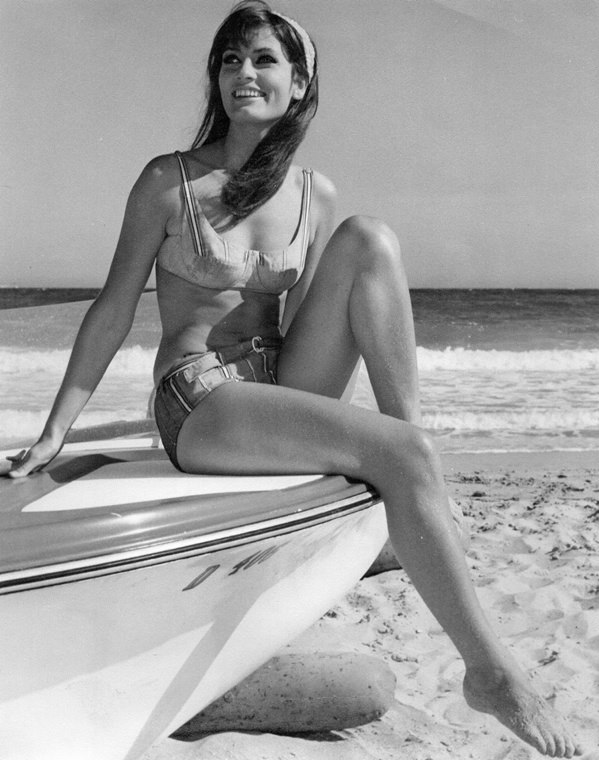
Iconic Roles: From Danger: Diabolik to Giallo Thrillers
The peak of Marisa Mell’s career came in the late 1960s with a string of unforgettable roles that defined her as a screen goddess. In 1966, she starred in Secret Agent Super Dragon, playing Charity Farrell with a combination of elegance and lethal confidence. However, it was her performance as Eva Kant in Mario Bava’s Danger: Diabolik (1968) that immortalized her in cinematic history. As Diabolik’s sophisticated partner-in-crime, Marisa displayed a perfect blend of allure, cunning, and charm, wearing iconic leather ensembles that amplified her striking presence.
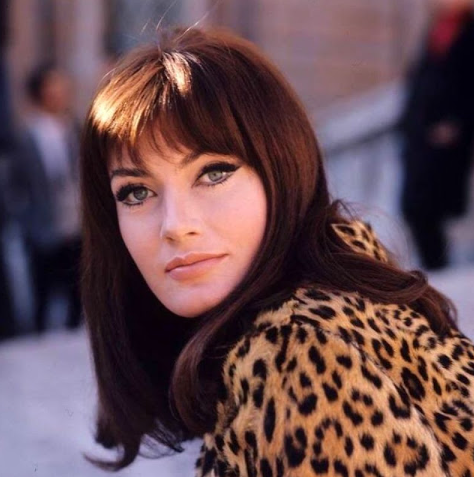
During this era, she became a central figure in Italy’s giallo films, a genre that merged mystery, suspense, and stylized visuals. In One on Top of the Other (1969), she portrayed a complex character navigating danger and intrigue with depth and intelligence. Her ability to embody both seduction and vulnerability made her roles feel authentic, captivating audiences and cementing her as one of Europe’s most compelling actresses.
Video : Masquerade (1965) Original Trailer [FHD]
Personal Life: Love, Loss, and Hidden Struggles
Behind the glamour of Marisa Mell’s screen persona lay a life filled with personal challenges. She married Italian actor Espartaco Santoni in 1974, seeking stability amid the whirlwind of fame. Yet, the marriage faced difficulties, and rumors of high-profile flings with prominent European figures fueled public fascination with her private life. A tragic loss occurred in 1969 when she experienced the death of a premature daughter, an event that deeply affected her while she continued to maintain her professional commitments.
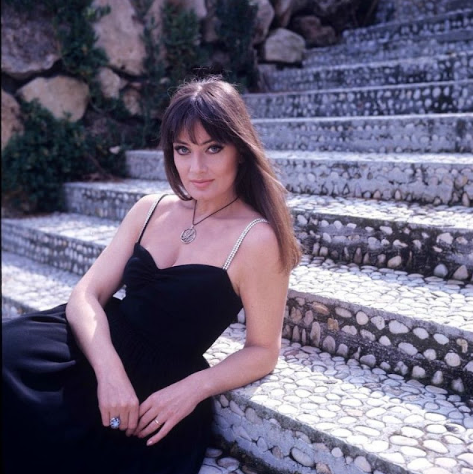
Additionally, the pressures of fame and the film industry’s excesses contributed to periods of struggle, including experimentation with substances common among celebrities of the era. Marisa’s ability to channel personal pain into her craft, however, enriched her performances and reinforced the sense of realism and emotional intensity that characterized her work.
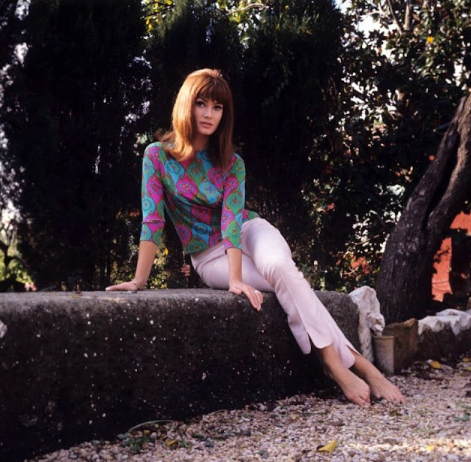
Later Career and Legacy
As the 1970s progressed, the European film industry evolved, and Marisa Mell adapted by exploring arthouse and character-driven roles. While mainstream attention shifted toward younger actresses, she continued to work in films that valued performance and depth over spectacle. Despite health challenges, including throat cancer later in life, Marisa maintained her artistic integrity and continued to inspire both audiences and fellow performers.
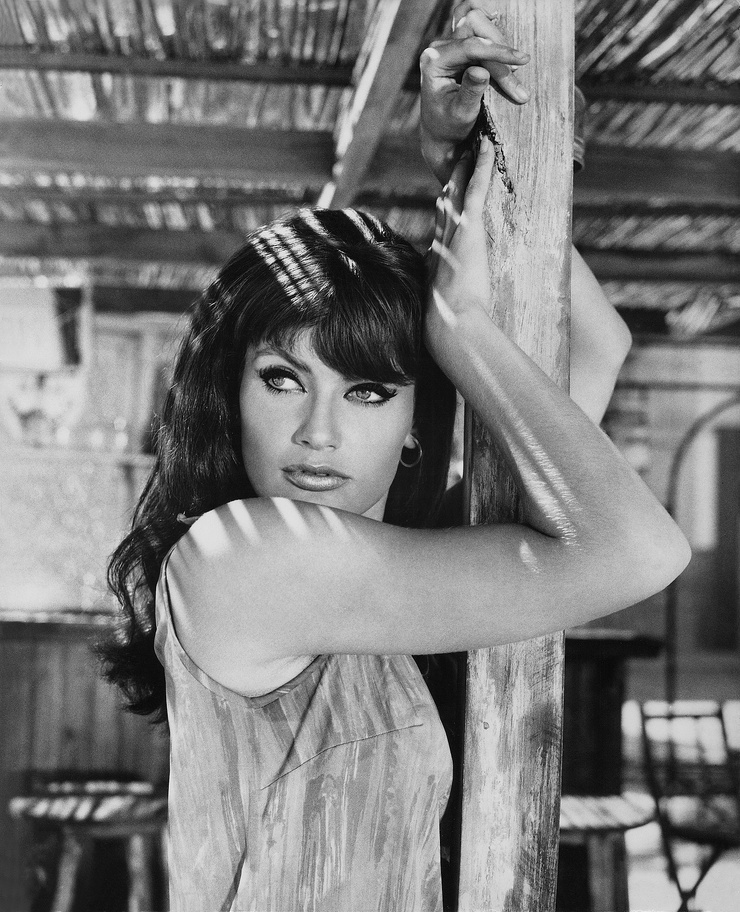
On May 16, 1992, Marisa Mell passed away in Vienna at the age of 53. While her life was tragically short, her influence endures. Cult classics like Danger: Diabolik remain celebrated, and her contributions to cinema are frequently revisited in retrospectives, film festivals, and biographies. Marisa Mell’s legacy is a testament to the power of charisma, resilience, and fearless artistry.
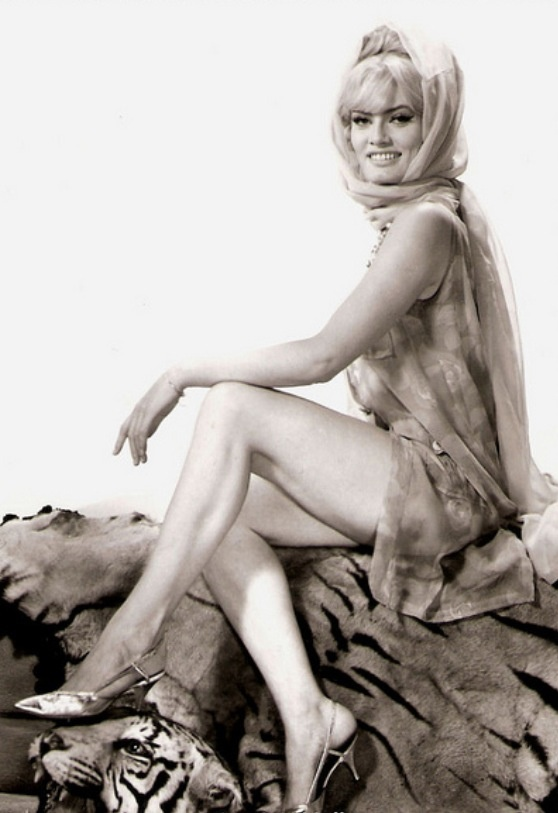
Marisa Mell Today: Enduring Influence in Pop Culture
Even decades after her passing, Marisa Mell’s impact on film and fashion continues to resonate. Her portrayals of strong, enigmatic women influenced modern media, from contemporary thrillers to stylish spy narratives. Streaming platforms and film enthusiasts regularly revisit her performances, ensuring that new generations experience her magnetic charm. She remains a touchstone for the classic European cinema aesthetic, blending sophistication, daring, and vulnerability.
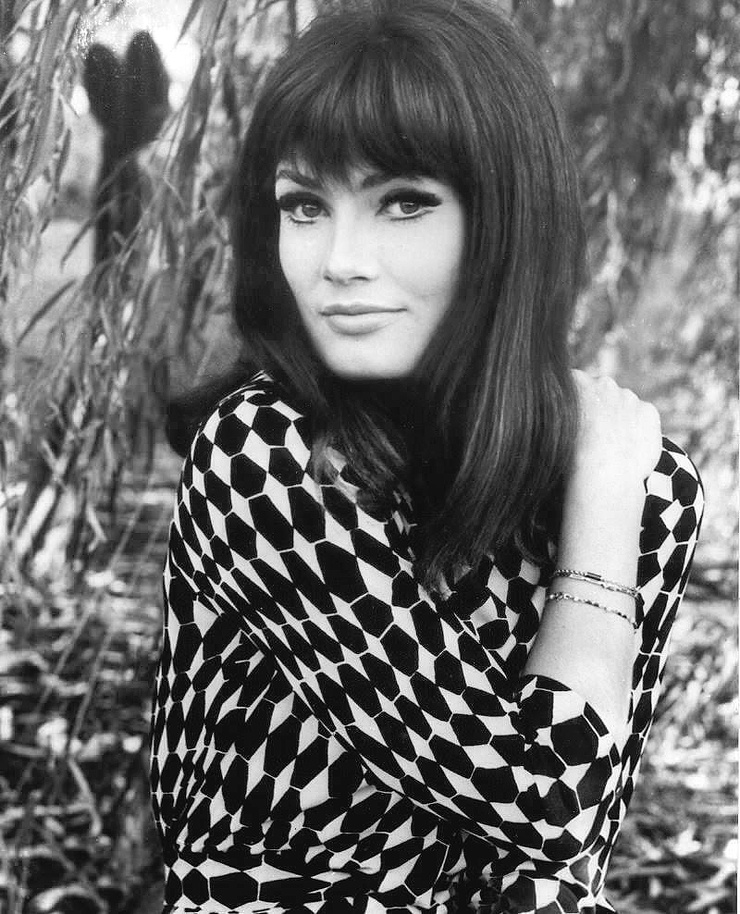
Marisa Mell’s story demonstrates that true stardom is not only about glamour but also about perseverance, authenticity, and the ability to captivate hearts through sheer presence. From her Graz roots to international fame, through triumphs and tribulations, she remains a symbol of courage, allure, and cinematic excellence.
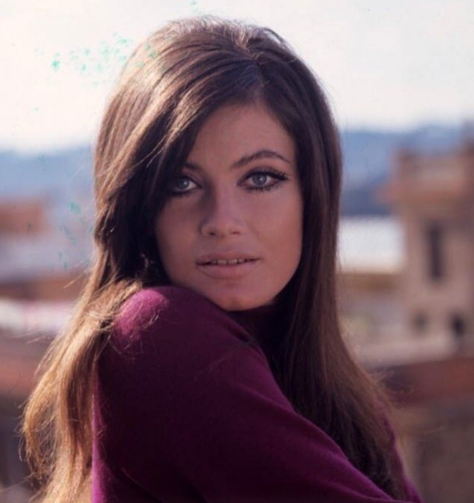
Marisa Mell’s journey—from a determined Austrian girl to a European film icon—illustrates the timeless allure of talent, resilience, and charisma. Her legacy endures in the films she graced, the roles she defined, and the inspiration she provides for aspiring actors and fans of classic cinema alike. Marisa Mell remains a radiant star whose magnetism transcends time, reminding us that true beauty and talent are everlasting.



